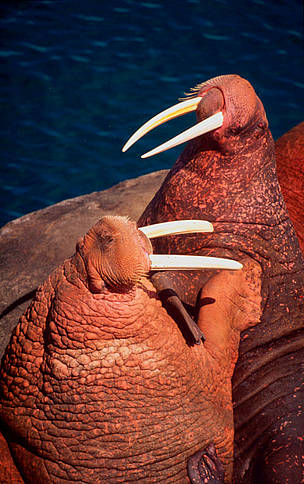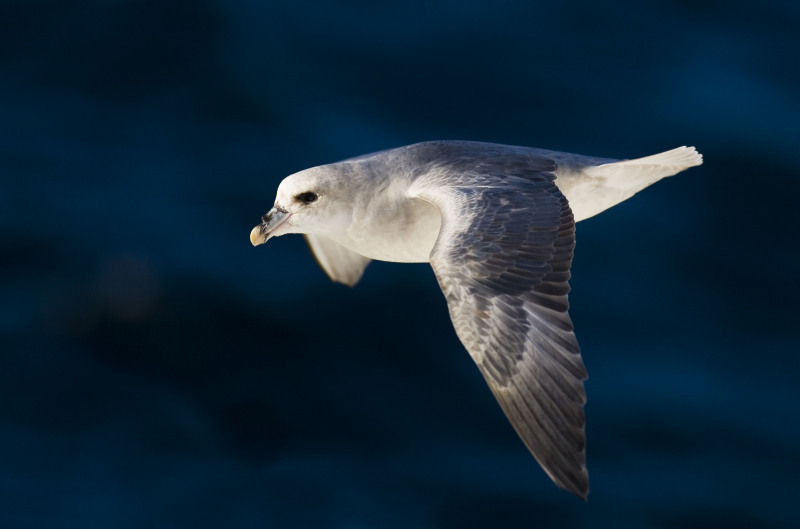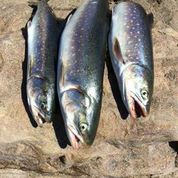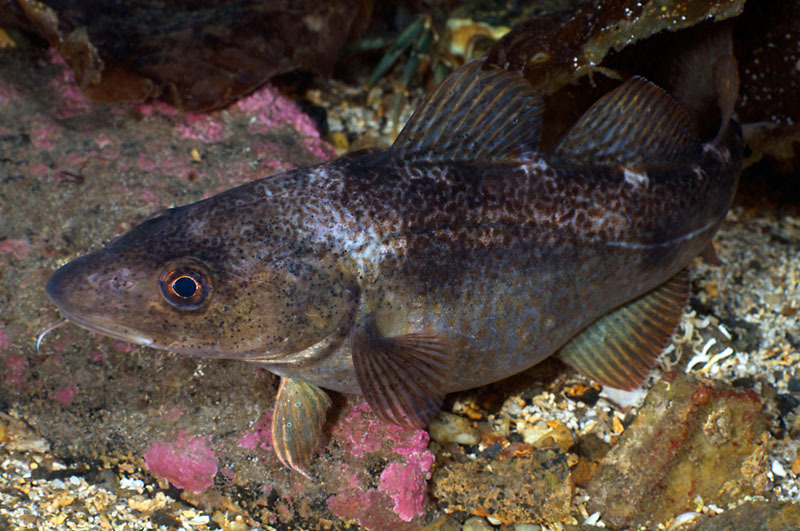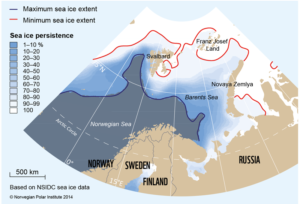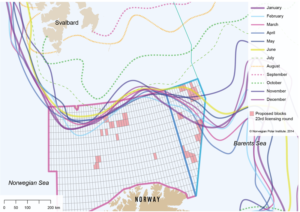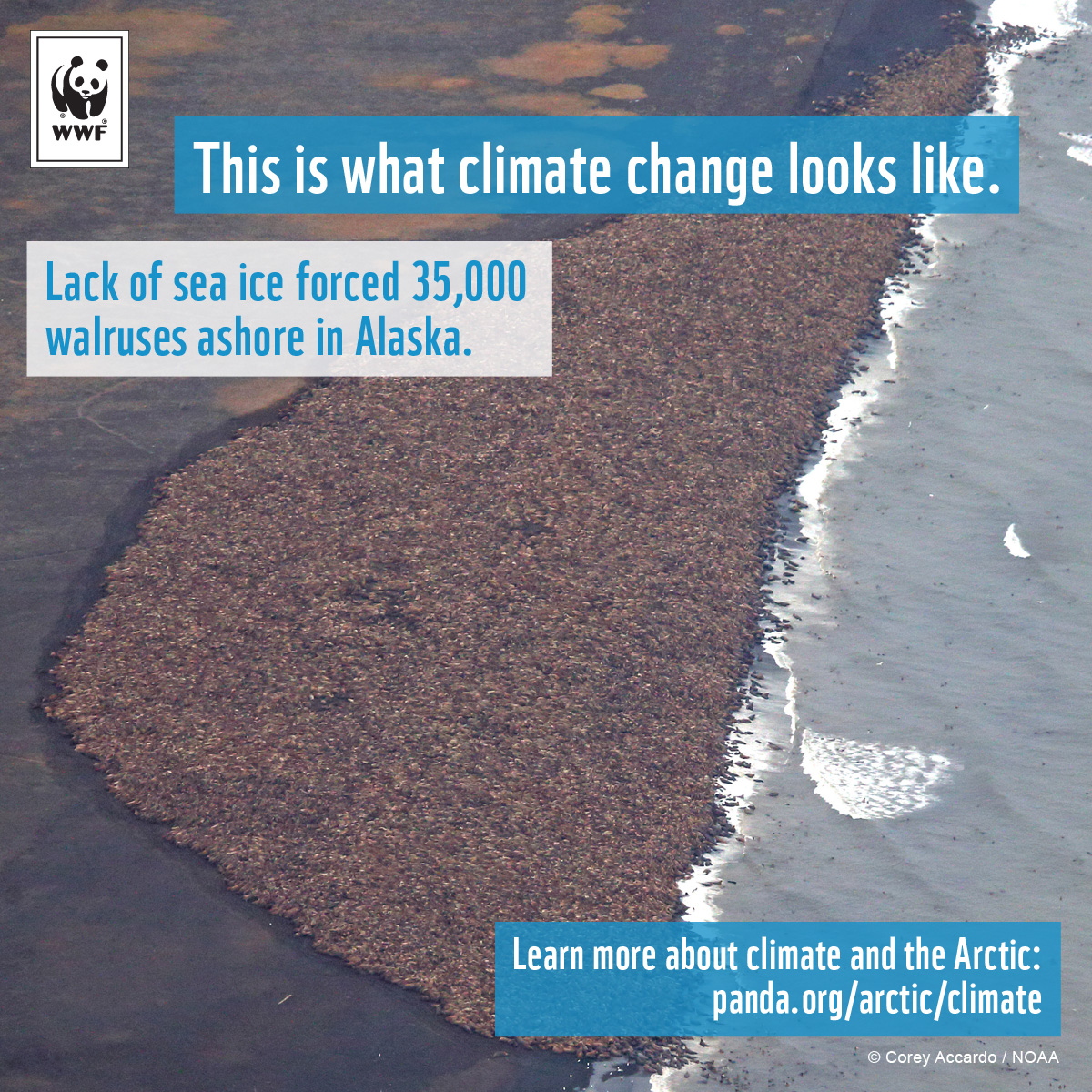This article is reprinted from The Circle 4.14. Maryann Fidel is the CONAS Project Manager at the Aleut International Association, a permanent participant of the Arctic Council. She works with rural Bering Sea communities in Alaska and the Russian Far East on a community-based observation and monitoring network.
People living in remote subsistence-based communities know very intimately the places that are important to the well-being of their village. It is the beach where their grandpa taught them the seasonal patterns of the seal, or a family’s salmon camp that has been there as long as anyone can remember. There is a critical need to translate this knowledge into something that can be used to inform decisions.
It is important to fill in gaps in knowledge so that important sites or activities are not neglected through ignorance.’
When creating maps of harvest areas it is essential that local people are meaningfully engaged in the design of the study, data collection and presentation. Maps often contain sensitive information and are frequently created to address issues that affect the community. Identifying marine areas important for traditional hunting and fishing are crucial for minimizing conflicts between coastal communities and marine-based industries, which are expected to increase in the Arctic. This has been recognized at the international level with the Arctic Council’s publication, The Arctic Marine Shipping Assessment 2009.
Two recommendations from this report address the need to identify areas used by Arctic communities, as well as areas of cultural significance. As a follow up to these recommendations a report entitled ‘Identification of Arctic marine areas of heightened ecological and cultural significance’ attempted to identify areas of particular ecological and cultural importance in 2013. The short chapter that examines areas of cultural significance concludes ‘available information makes the extent of this cultural legacy clear, but details are lacking. It is important to fill in gaps in knowledge so that important sites or activities are not neglected through ignorance.’
The Aleut International Association (AIA)—a permanent participant in the Arctic Council—has taken an active role in the mapping of culturally significant areas.
The Bering Sea Sub-Network (BSSN) was an international, community-based observing network that began in 2007 and ran until 2014. It was a partnership involving AIA, the University of Alaska Anchorage, the Alaska Native Science Commission and 8 indigenous, subsistence-based communities in Chukotka and Kamchatka in the Russian Federation, and Alaska, USA. This project brought together people from a variety of different backgrounds and cultures who share a dependence on the health of the Bering Sea.
One aspect of the research included a mapping effort to characterize where people harvested important subsistence species. Surveys were administered by local Community Research Assistants to the same respondent pool of high harvesters every six months over a four year period. During the interview hunters and fishers were asked to circle on a map where they had gone to harvest select species during the past six month period. These methods were based on the idea that harvest areas are dynamic, people go to different places depending on the time of year and depending on environmental conditions such as storms, animal migration patterns, etc. A single map of a subsistence harvest, while useful, is unable to capture this dynamic reality. These techniques helped to not only answer the question of where people go to harvest, but when. An innovative mapping methodology was developed to protect the confidentiality of individual harvest areas, incorporate large amounts of spatial information, and present use areas on a gradient scale (from high to low use).
The following map demonstrates change over time. This particular change is likely due to a convergence of factors including: a change in the range and availability of species; climatic change; a complex regulatory structure; industry practices and/or socioeconomic factors.

The Community Observation Network for Arctic Subsistence (CONAS) is a new project initiated by the Aleut International Association and the University of Idaho which builds on BSSN. It is continuing this dynamic subsistence mapping effort in Bering Sea communities.
AIA has also initiated a project within the Arctic Council’s Protection of the Arctic Marine Environment (PAME) working group called, ‘Arctic marine subsistence use mapping: Tools for communities’. The goal of this project is to provide communities with the tools to produce high quality maps of locally important, sensitive or vulnerable areas.
It is important to keep in mind maps of harvest areas represent just one aspect of how Indigenous communities relate to the environment. They should be used in conjunction with, not instead of, community consultation.
